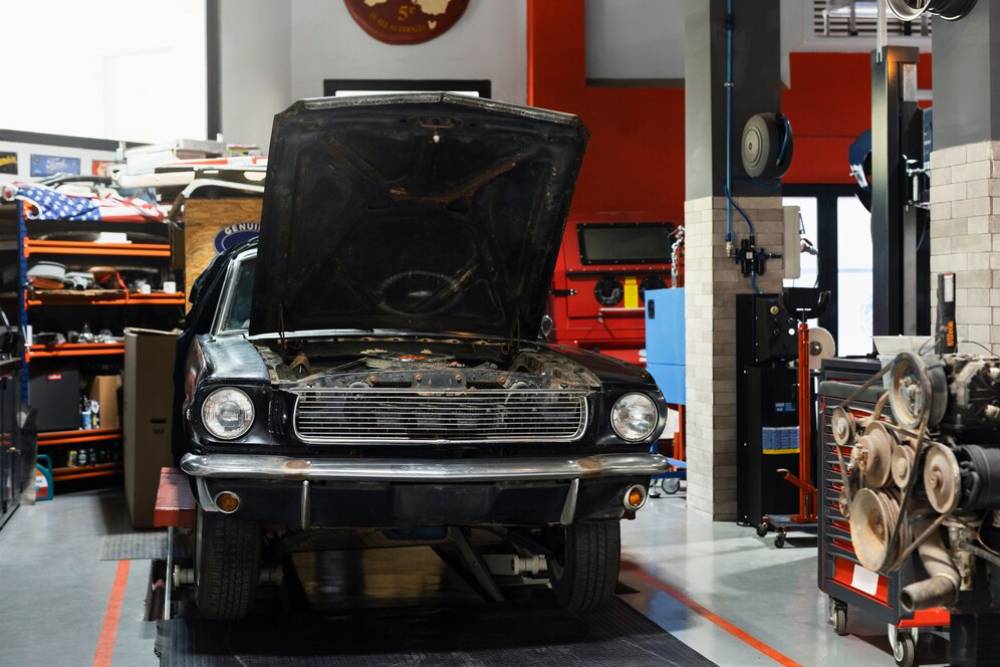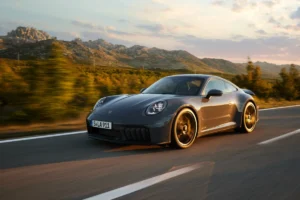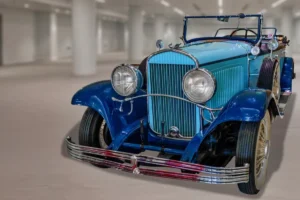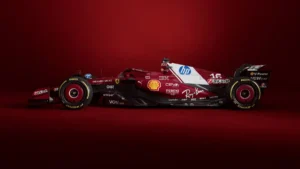The Automobiles Blog

How to Spot a Future Classic Car Before Its Value Rises
Classic cars are unique. They combine nostalgia, sound engineering and timeless design. Identifying a future classic before the price explodes can be exciting and immensely rewarding for collectors and investors alike. Identifying future classics requires a solid understanding of market trends, production history, and critical automotive features. This guide outlines steps to determine the next collectable, test its investment merits, and learn about vintage car appreciation.
Pro Tip:
Look beyond brand prestige—many overlooked models with unique engineering, limited production, or cultural significance quietly gain value over time.
Quick Guide:
- Research Market Trends – Follow auction results, collector forums, and price guides.
- Look for Rarity – Limited editions, discontinued models, and low production numbers increase collectibility.
- Assess Cultural Impact – Cars featured in films, motorsports, or pop culture often gain classic status.
- Prioritise Condition & Originality – Unmodified, well-maintained vehicles tend to appreciate more.
- Monitor Enthusiast Demand – A growing fanbase and active club presence often signal future collectability.
Important Tip:
Don’t just chase what’s already popular. The best future classics are often undervalued today—stay ahead of the curve by watching niche communities and emerging trends.
Why Spotting Future Classics Matters

Preserving Automotive History
Classic cars share stories of innovation, culture, and design. Investing in future classics helps keep these stories alive for future generations.
Financial Investment Potential
Classic cars can be great investments. Some models rise in value faster than stocks and bonds. The Hagerty Price Guide reports that classic car values increased by about 20% over the past decade, making them a brilliant asset.
Personal Fulfillment and Passion
Many collectors chase passion more than profit. The thrill of finding a hidden gem, restoring it, and showing it off brings great satisfaction. A well-chosen future classic can provide personal joy and long-term value.
Real-Life Example
Consider the Ford Escort RS Cosworth. Once seen as niche, it is now a hot collector’s item, with values rising sharply. This change shows how important it is to spot market trends early.
Step-by-Step Guide to Spotting a Future Classic Car
1. Research Automotive Trends
- Look at past and current trends to spot appreciation patterns.
- Use resources like the Hagerty Price Guide and classic car auctions for market insights.
- Follow industry reports and enthusiast talks for emerging trends.
2. Identify Iconic Design and Engineering
- Future classics often feature groundbreaking designs or innovations.
- Search for cars that bring new technology or set performance benchmarks.
- The Jaguar E-Type, for example, is a classic for its revolutionary design and engineering.
3. Evaluate Rarity and Production Numbers
- Limited production runs and special editions are often appreciated more.
- Research production numbers and find models with scarce availability.
- Cars with rare trim packages or factory modifications usually attract collector interest.
4. Assess Cultural and Historical Significance
- Cars that impacted motorsports or pop culture often became classics.
- Vehicles in iconic movies or with automotive history usually attract collectors.
- Examples include the DeLorean DMC-12 from Back to the Future and the Subaru Impreza WRX from Rally Racing.
5. Monitor Market Demand and Enthusiast Interest
- Attend car shows and auctions to hear what enthusiasts are discussing.
- Join online forums, classic car clubs, and social media groups to track interest in specific models.
- When a car gains a dedicated following, its classic status may be near.
6. Consider Condition and Originality
- Originality is key for value retention.
- Look for well-preserved examples with few modifications.
- Restored vehicles can hold value, but unmodified cars in excellent condition often command a premium.
Pro Tips for Identifying Future Classics
- Network with Experts: Connect with seasoned collectors, mechanics, and dealers who know market shifts.
- Diversify Your Collection: Don’t just chase high-end models; consider affordable vehicles with appreciation potential.
- Stay Ahead of Trends: Read automotive publications, watch online car auctions, and attend collector events.
- Pay Attention to Discontinued Models: When a model is discontinued, interest often spikes, boosting collectibility.
- Evaluate Special Features: Cars with unique factory options or rare colour combinations tend to become more desirable.
Common Mistakes and How to Avoid Them
Overlooking Maintenance Costs
Classic cars need ongoing care—factor in maintenance, restoration, and storage costs when assessing an investment.
Ignoring Market Trends
Failing to stay updated on industry shifts can lead to poor investment choices. Regularly check classic car value indexes and buyer preferences.
Focusing Only on High-End Models
Many iconic classic cars were once everyday vehicles. Don’t overlook mid-range models; some affordable cars can greatly appreciate over time.
Buying a Car Without Proper Documentation
Ensure the vehicle has service records, proof of authenticity, and a detailed history. Cars with well-documented provenance usually hold more incredible value.
Advanced Insights: Expert Recommendations

Explore Emerging Markets
- Classic car investments are substantial in the UK and US, but emerging Asian and Eastern European markets are gaining attention.
- Some lesser-known manufacturers from these areas have cars poised for future collectibility.
Leverage Data and Technology
- Use machine learning and predictive analytics to track classic car market trends.
- Online databases and auction history reports can provide insights into rising values and demand shifts.
Collaborate with Restoration Experts
- Skilled restorers can increase a car’s value while keeping its authenticity.
- If buying a project car, ensure restoration matches the original specifications for the best investment potential.
Final Thoughts

Recognising a future classic car before appreciation rises is a blend of market awareness, historical context, and automotive passion. Through careful trend analysis, networking with consummate professionals, and simply watching them, you can invest wisely and preserve your automotive history.
The classic car world is dynamic. If you are a seasoned collector or have a mad passion for classic cars, growing as a collector and discovering will be pleasurable wherever you stand. Start exploring today ; your next classic could be right around the corner.
FAQs
What are some indicators that a car will become a future classic?
Look for unique designs, limited production runs, significant cultural or motorsport history, and growing enthusiast interest.
How long does it take for a car to be considered a classic?
Definitions vary, but most cars are considered classics within 20-30 years after production. Some models gain collector status sooner.
Are modern performance cars suitable investments for the future?
Certain modern performance cars, minimal editions, show strong investment potential. Examples include the BMW M3 (E46) and the Porsche 911 GT3.
Should I modify a potential future classic car?
Modifications can reduce collectibility. If you modify, keep the original parts in stock condition for future restoration.
What’s the best way to store a future classic car?
Store in a climate-controlled garage, maintain regularly, and use a car cover. Periodic driving also helps preserve its condition.
How do I track classic car market trends?
Follow industry sources like Hagerty, RM Sotheby’s, and Barrett-Jackson auction reports. Engage with enthusiast communities and collector networks.
Do Japanese sports cars have classic potential?
Yes, models like the Toyota Supra (Mk4), Nissan Skyline GT-R, and Mazda RX-7 have gained collector status due to performance, rarity, and an enthusiastic following.









